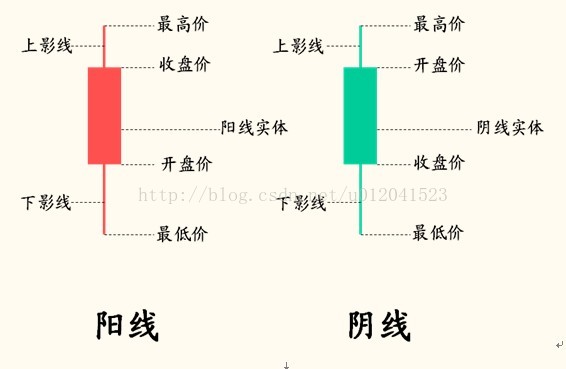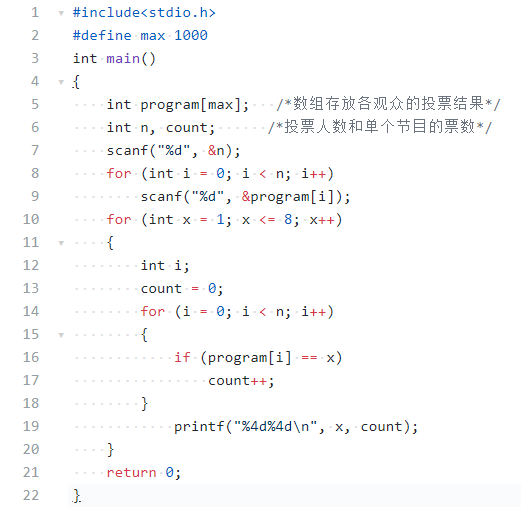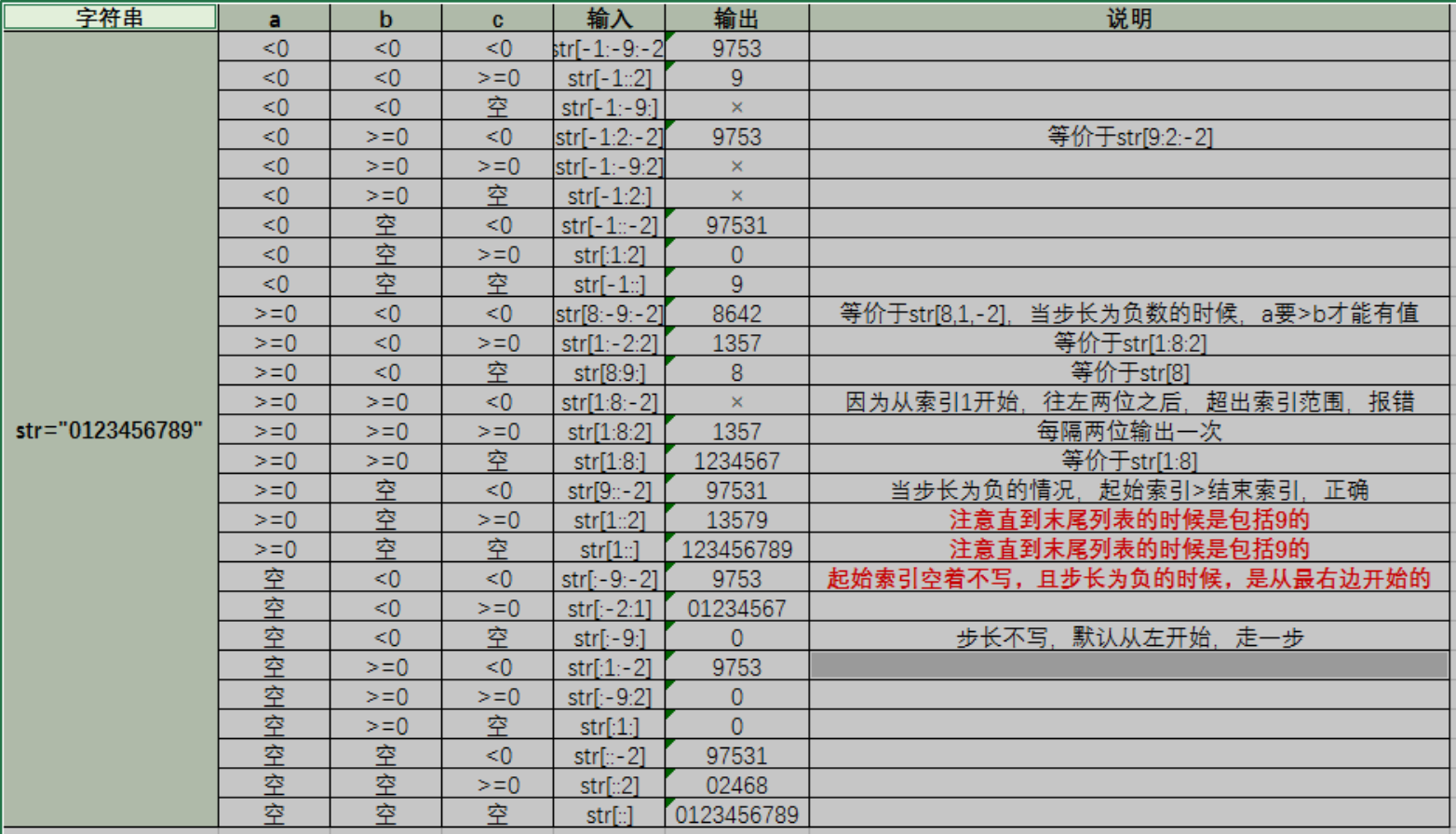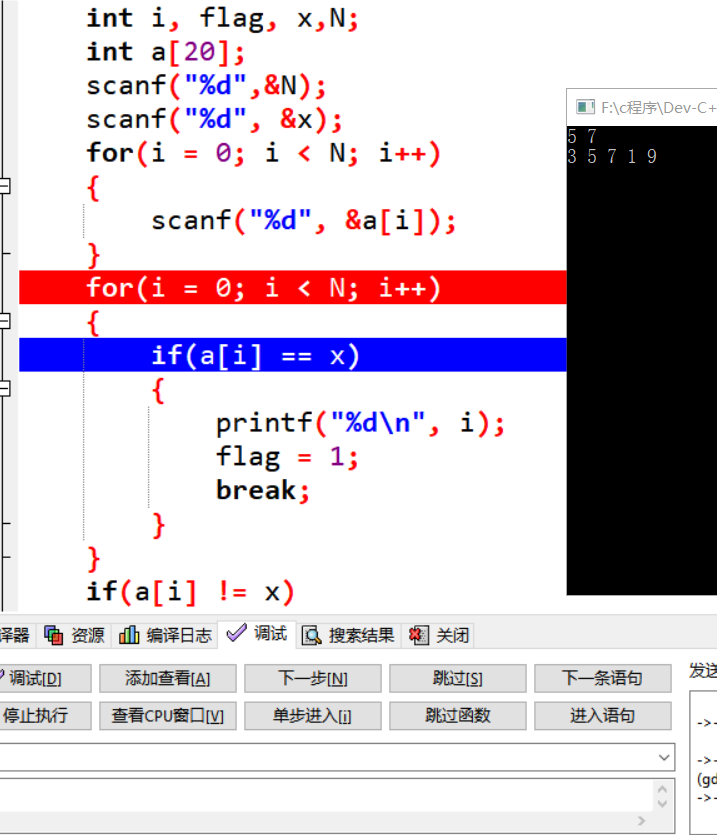计算机二级Python基本操作题-序号46
函数查询
1. 《卖火柴的小女孩》是丹麦童话故事作家安徒生的一篇童话故事,发表于1846年。主要讲了一个卖火柴的小女孩在富人阖家欢乐、举杯共庆的大年夜冻死在街头的故事。这里给出《卖火柴的小女孩》的一个网络版本文件,文件名为“小女孩.txt”。
python"># PY301-1.pyfi = open("小女孩.txt","r") # 打开文件"小女孩.txt",以只读模式打开
fo = open("PY301-1.txt","w") # 打开文件"PY301-1.txt",以写入模式打开
txt = fi.read() # 读取文件中的全部内容,保存到变量txt中
d = {} # 创建一个空字典d,用来保存每个字符出现的次数
exclude = ",。!?、()【】<>《》=:+-*—“”…" # 定义一个字符串exclude,用来保存需要排除的字符# 遍历txt中的每个字符,统计每个字符出现的次数
for word in txt:# 如果字符在exclude中,则跳过不统计if word in exclude:continue# 如果字符不在exclude中,则将该字符的出现次数加1else:d[word] = d.get(word,0) + 1ls = list(d.items()) # 将字典d转换为一个列表ls,每个元素是一个元组,包含字符和出现次数两个值
ls.sort(key = lambda x:x[1],reverse = True) # 对列表ls进行排序,按照元素的第二个值(出现次数)进行**降序排序**
fo.write("{}:{}".format(ls[0][0],ls[0][1])) # 将出现次数最高的字符和对应的出现次数写入到文件"PY301-1.txt"中
fo.close() # 关闭文件"PY301-1.txt"
fi.close() # 关闭文件"小女孩.txt"
# PY301-2.pyfi = open("小女孩.txt","r") # 打开文件"小女孩.txt",以只读模式打开
fo = open("PY301-2.txt","w") # 打开文件"PY301-2.txt",以写入模式打开
txt = fi.read() # 读取文件中的全部内容,保存到变量txt中
d = {} # 创建一个空字典d,用来保存每个字符出现的次数# 遍历txt中的每个字符,统计每个字符出现的次数
for word in txt:# 如果字符是换行符,则跳过if word == "\n":continue# 如果字符在字典d中已经存在,则将该字符的出现次数加1if word in d:d[word] += 1# 如果字符在字典d中不存在,则将该字符添加到字典d中,并将出现次数初始化为1else:d[word] = 1ls = list(d.items()) # 将字典d转换为一个列表ls,每个元素是一个元组,包含字符和出现次数两个值
ls.sort(key = lambda x:x[1], reverse = True) # 对列表ls进行排序,按照元素的第二个值(出现次数)进行降序排序# 将出现次数最高的前10个字符写入到文件"PY301-2.txt"中
for i in range(10):fo.write(ls[i][0])fi.close() # 关闭文件"小女孩.txt"
fo.close() # 关闭文件"PY301-2.txt"
# PY301-3.pyfi = open("小女孩.txt","r") # 以只读模式打开名为 "小女孩.txt" 的文件
fo = open("PY301-2.txt","w") # 以写入模式打开名为 "PY301-2.txt" 的文件
txt = fi.read() # 读取文件中的文本内容
d = {} # 创建一个空字典# 遍历文本中的每个字符并将其添加到字典中,如果字符已经在字典中,则将其数量加1
for word in txt:d[word] = d.get(word, 0) + 1# 删除字典中的空格和换行符
del d[" "]
del d["\n"]ls = list(d.items()) # 将字典转换为列表
ls.sort(key = lambda x:x[1], reverse = True) # 按照值(也就是词频)从大到小排序# 将列表中的每个元素转换为字符串,格式为 "字符:词频"
for i in range(len(ls)):ls[i] = "{}:{}".format(ls[i][0],ls[i][1])# 将列表中的所有元素用逗号连接成一个字符串,并将其写入文件中
fo.write(",".join(ls))# 关闭文件
fi.close()
fo.close()
items()
描述: 字典() items() 函数以列表返回可遍历的(键, 值) 元组数组。
items()方法语法:dict.items()
list(seq)
描述:list() 方法用于将元组转换为列表。
list()方法语法:list( seq )
get(key, =None)
描述: 字典() get() 函数返回指定键的值,如果值不在字典中返回默认值。
get()方法语法:dict.get(key, =None)
2. 法定节假日是根据各国、各名族的风俗习惯或纪念要求,由国家法律统一规定的用以进行庆祝及度假的休息时间。法定节假日制度是国家政治、经济、文化制度的重要反映,涉及经济社会的多个方面,涉及广大人民群众的切身未法定节假日的休假安排,为居民出行购物和休闲提供了时间上的便利,为拉动内需、促进经济增长做出了积极益。贡献。给出一个2018年的节假日的放假日期CSV文件,内容示例如下: 序号节假日名称开始月日结束月日
元旦
1230
0101
春节
0215
0221
清明节
0405
0407
劳动节
0501
0503
端午节
0616
0618
以第1行为例,1230表示12月30日,0101表示1月1日。
# PY301-1.pyfi = open("PY301-vacations.csv","r")
ls = []
for line in fi:ls.append(line.strip("\n").split(","))
fi.close()
s = input("请输入节假日名称:")
for line in ls:if s == line[1]:print("{}的假期位于{}-{}之间".format(line[1],line[2],line[3]))
# PY301-2.pyfi = open("PY301-vacations.csv","r")
ls = []
for line in fi:ls.append(line.strip("\n").split(","))
s = input("请输入节假日序号").split(" ")
while True:for i in s:for line in ls:if i == line[0]:print("{}({})的假期位于{}月{}日至{}月{}日之间".format(line[1],line[0],line[2][0] + line[2][1],line[2][2] + line[2][3],line[3][0] + line[3][1],line[3][2] + line[3][3]))s = input("请输入节假日序号:").split(" ")
# PY301-3.pyfi=open("PY301-vacations.csv","r")
ls = []
for line in fi:ls.append(line.strip("\n").split(","))
s = input("请输入节假日序号:").split(" ")#由于可以输入多个节假日的序号,所以需要进行逐个的遍历访问,所以通过split()函数来存放在列表中进行方便访问
while s != "":for i in s:flag = falsefor line in ls:if i == line[0]:print("{}({})假期是{}月{}日至{}月{}日之间".format(line[1],line[0],line[2][0] + line[2][1],line[2][2] + line[2][3],line[3][0] + line[3][1],line[3][2] + line[3][3]))flag = Trueif flag == false:print("输入节假日编号有误!")s = input("请输入节假日序号:").split(" ")
strip([chars]):删除字符串开头和末尾的空格或指定字符。
join(seq):以指定字符串作为分隔符,将 se 中所有的元素(的字符串表示)合并为一个新的字符串
sort()函数:用于对原列表进行排序,如果指定参数,则使用比较函数指定的比较函数
3. 《论语》是儒家学派的经典著作之一,主要记录了孔子及其弟子言行。这里给出了一个网络版本的 《论语》,文件名称为“论语.txt”,其内容采用逐句“原文”与“逐句”注释相结合的形式组织,通过【原文】标记《论语》原文内容,通过【注释】标记《论语》注释内容,具体文件格式框架请 参考“论语.txt”文件。
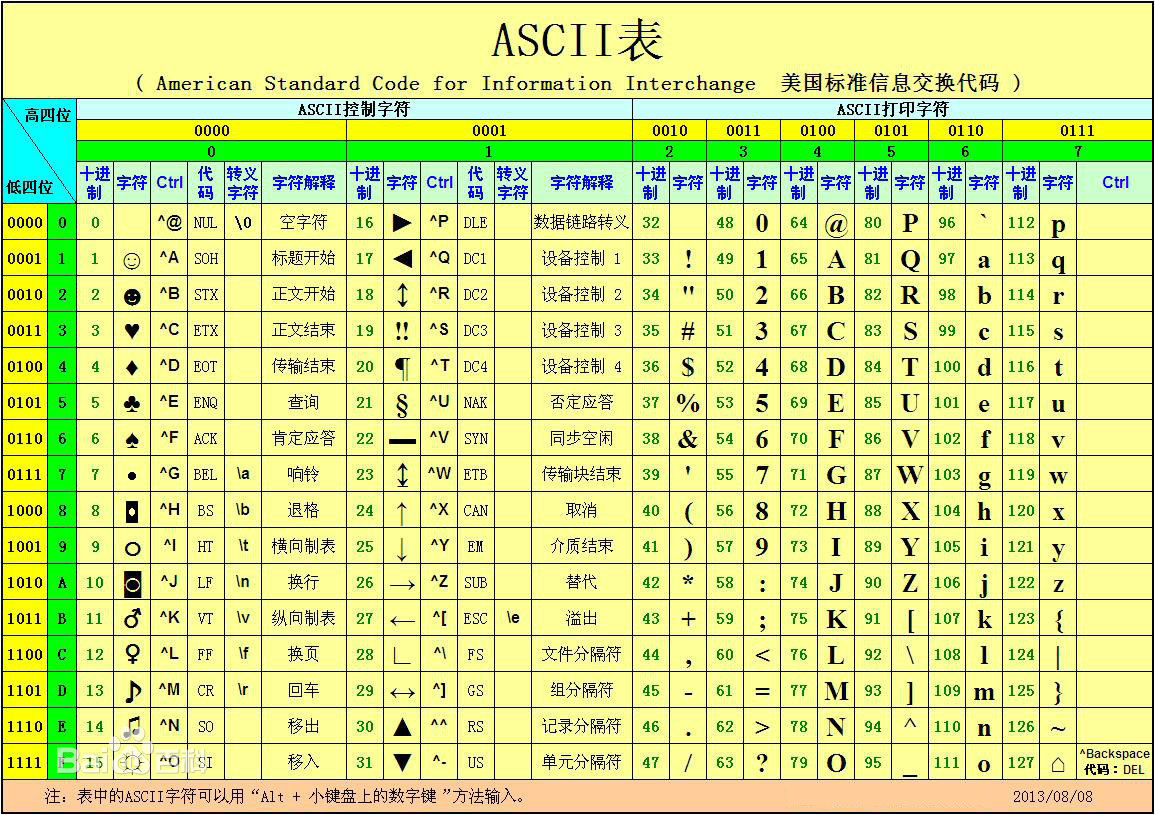
#PY301-1fi = open("论语.txt","r")
fo = open("论语-原文.txt","w")
flag = False
for line in fi:if "【原文】" in line:flag = truecontinueif flag == True:fo.write(line.lstrip())
fi.close()
fo.close()
#PY302-2fi = open("论语-原文.txt","r")
fo = open("论语-提取原文.txt","w")
for line in fi:if i in range(1,23):line = line.replace("({})".format(i),"")fo.wirte(line)
fi.close()
fo.close()
4. 下面所示为一套由公司职员随身佩戴的位置传感器采集的数据,文件名称为“.txt”,其内容示例如下:
2016/5/31 0:05,,1,1
2016/5/31 0:20,,1,1
2016/5/31 2:26,,1,6
…(略)
第一列是传感器获取数据的时间,第二列是传感器的编号,第三列是传感器所在的楼层,第四列是传感器所在的位置区域编号。
fi = open("sensor.txt","r")
fo = open("earpa001.txt","w")
txt = fi.readlines()
for line in txt:ls = line.strip("\n").split(",")if 'earpa001' in ls:fo.write("{},{},{},{}\n".format(ls[0],ls[1].ls[2],ls[3]))
fi.close()
fo.close()
fi = open("earpa001.txt","r") # # 打开名为"earpa001.txt"的文件,以只读模式读取文件内容,将其赋值给变量fi
fo = open("earpa001_count.txt","w") # # 打开名为"earpa001_count.txt"的文件,以写入模式打开文件,将其赋值给变量fo
d = {} # 创建一个空字典,用于存储每个区域的数量统计结果
for line in fi: # 遍历文件fi中的每一行split_data = line.strip("\n").split(",") # 使用strip方法去除每行末尾的换行符,并使用split方法以逗号为分隔符将每行内容分割成一个列表floor_and_area = split_data[-2] + " -" + split_data[-1] # 将该行内容中倒数第二个元素和最后一个元素拼接成一个字符串,用于表示该行内容所属的区域if floor_and_area in d: # 如果该区域已经在字典d中,则将该区域对应的值加1d[floor_and_area] += 1 # 如果该区域不在字典d中,则将该区域添加到字典d中,并将其对应的值设置为1else:d[floor_and_area] = 1
ls = list(d.items()) # 将字典d转换为列表,并按照列表中元素的第二个元素(即数量统计结果)从大到小排序
ls.sort(key = lambda x:x[1], reverse = True) # 该语句用于排序# 遍历排序后的列表,并将每个区域的数量统计结果写入文件fo中
for i in range(len(ls)):fo.write('{},{}\n'.format(ls[i][0],ls[i][1]))# 关闭文件fi和fo
fi.close()
fo.close()
5. 《傲慢与偏见》是史上震撼人心的“世界文学十部最佳小说之一”。第一章的内容由考生文件夹下文件.txt给出
# PY301-1fi = open("arrogant.txt","r")
fo = open("PY301-1.txt","w")
txt = fi.read()
d = {}
for s in txt:d[s] = d.get(s,0) + 1
del d["\n"]
ls = list(d.items())
for i in range(len(ls)):fo.write("{}:{}\n".format(ls[i][0],ls[i][1]))
fi.close()
fo.close()
# PY301-2fi = open("arrogant.txt","r")
fo = open("arrogant-sort.txt","w")
txt = fi.read()
d = {}
for s in txt:d[s] = d.get(s,0) + 1
del d["\n"]
ls = list(d.items())
ls.sort(key = lambda x:x[1],reverse = True)
for i in range(10):fo.write("{}:{}\n".format(ls[i][0],ls[i][1]))
fi.close()
fo.close()
6. Score.csv文件中存储的是一个学生在第一季度同一学科对应的月考成绩,求出每一门学科在三个月中的平均成绩,将结果输出在考生文件夹。
fi = open("score.csv","r")
fo = open("avg-score.txt","w")
ls = []
x = []
sum = 0
for row in fi:ls.append(row.strip("\n").split(","))
for line in ls[1:]:for i in line[1:]:sum = int(i) + sumavg = sum / 3x.append(avg)sum = 0
fo.write("语文:{:.2f}\n数学:{:.2f}\n英语:{:.2f}\n物理:{:.2f}\n科学:{:.2f}".format(x[0],x[1],x[2],x[3],x[4]))
fi.close()
fo.close()
7. 马和骆驼都是哺乳动物的一种,它们都有四只脚,体型也差不多大,作为现实世界中的一个类生物,我们将在这里为它们编写属于它们各自的类。
# PY301-1fo = open("PY301-1.txt","w")
class Horse ():def _init_(self, category, gender, age):self.cataegory = categoryself.gender = genderself.age = ageself.horse_speed = 0def get_descriptive(self):info = 'this horse is' + str(self.age) + 'years old,' + 'its category is' + self.category + ',' + 'its gender is’ + self.gender + '.'fo.write(info + "\n")def update_speed(self,new_speed):self.horse_speed = new_speedfo.write('the speed of this horse is' + str(self.horse_speed) + "km/h.\n")
horse = Horse("Arab","male","12")
horse.get_descriptive()
horse.update_speed(50)
fo.close()
# PY301-2fo = open("PY301-2.txt","w")
class Horse():def _init_(self, category, gender, age):self.cataegory = categoryself.gender = genderself.age = ageself.horse_speed = 0def get_descriptive(self):info = 'this horse is' + str(self.age) + 'years old,' + 'its category is' + self.category + ',' + 'its gender is’ + self.gender + '.'fo.write(info + "\n")def update_speed(self,new_speed):self.horse_speed = new_speedfo.write('the speed of this horse is' + str(self.horse_speed) + "km/h.\n")
class Camel(Horse):def _init_(self, category, gender, age):super()._init_(category, gender, age)self.hump_size = 2def describe_hump_size(self):fo.write('this camel has' + str(self.hump_size) + 'hump.')
camel = Camel("Double hump","female","20")
camel.get_descriptive()
camel.update_speed(40)
camel.describe_hump_size()
fo.close()
8. 凯撒密码是一种非常古老的加密算法,相传当年凯撒大帝行军打仗时为了保证自己的命令不被敌军知道,它采用了替换方法对信息中的每一个英文字符循环替换为字母序列该字符后面第三个字符:即循环后三位,对应关系如下:
原文:A B C D E FG H I J K L M N O P Q R S T U V W X Y Z
密文:D E F G H I J K L M N O P Q R S T U V W X Y Z A B C
原文字符P,其密文字符C满足如下条件:
C=(P+3)mod 26
解密方法反之,满足:
P=(C-3)mod 26
凯撒密码的加密算法程序首先接受用户输入的文本,然后对字母a-z和字母A-Z按照密码算法进行转换,同时输出。其他非英文字母原样输出。
intxt = input("请输入明文:")
for p in intxt:if "a" < p < "z":print(chr(ord("a") + (ord(p) - ord("a") + 3) % 26), end = "")elif "A" < p < "Z":print(chr(ord("A") + (ord(p) - ord("A") + 3) % 26), end = "")else:print(p, end = "")
9. 李白,字太白,号青莲居士,又号“谪仙人”,是唐代伟大的浪漫主义诗人,被后世誉为“诗仙”。考生文件夹下有一个“关山月.txt”文件,内容如下:
明月出天山,苍茫云海间。长风几万里,吹度玉门关。汉下白登道,胡窥青海湾。由来征战地,不见有人还。成客望边邑,思归多苦颜。高楼当此夜,叹息未应闲。
fi = open("关山月.txt","r")
fo = open("关山月-诗歌.txt","w")
txt = fi.read()
ls = txt.split("。")
fo.write("。\n".join(ls))
fi.close()
fo.close()
join(seg):以指定字符串作为分隔符,将seq中所有的元素(的字符串表示)合并为一个新的字符串
fi = open("关山月-诗歌.txt","r")
fo = open("关山月-反转.txt","w")
txt = fi.readlines()
txt.reverse()
for row in txt:fo.write(row)
fi.close()
fo.close()
10. 设计一个猜字母的程序,程序随机给出26个小写字母中的一个,答题者输入猜测的字母,若输入的不是26个小写字母,让用户重新输入;若字母在答案之前或之后,程序给出相应正确提示;若答错5(含)次,则答题失败并退出游戏,若回答正确,程序输出回答次数并退出游戏。
import random
letter_list = ['a', 'b', 'c', 'd', 'e', 'f','g','h', 'i', 'j', 'k', 'l','m', 'n','o', 'p', 'q', 'r', 's', 't','u', 'v', 'w', 'x', 'y', 'z']
letter = letter_list[random.randint(0, 25)]
count = 0
while True:letter_input = input("请输入26个小写英文字母中的任一个:")count += 1if letter_input not in letter_list:print("请重新输入字母")else:if count >= 5:print("猜测超过5次,答题失败")breakelse:if letter_input == letter:print("恭喜你答对了,总共猜了{}次".format(count))elif letter_input > letter:print("你输入的字母排在该字母之后")elif letter_input < letter:print("你输入的字母排在该字母之前")else:print("未知错误")
11. 某班学生评选一等奖学金,学生的10门主干课成绩存在考生文件夹下文件score.txt中,每行为一个学生的信息,分别记录了学生学号、姓名以及10门课成绩,格式如下:
郑珉稿 68 66 83 77 56 73 61 69 66 78
沈红伟 91 70 81 91 96 80 78 91 89 94
…
从这些学生中选出奖学金候选人,条件是:①总成绩排名在前10名;②全部课程及格(成绩大于等于60)。
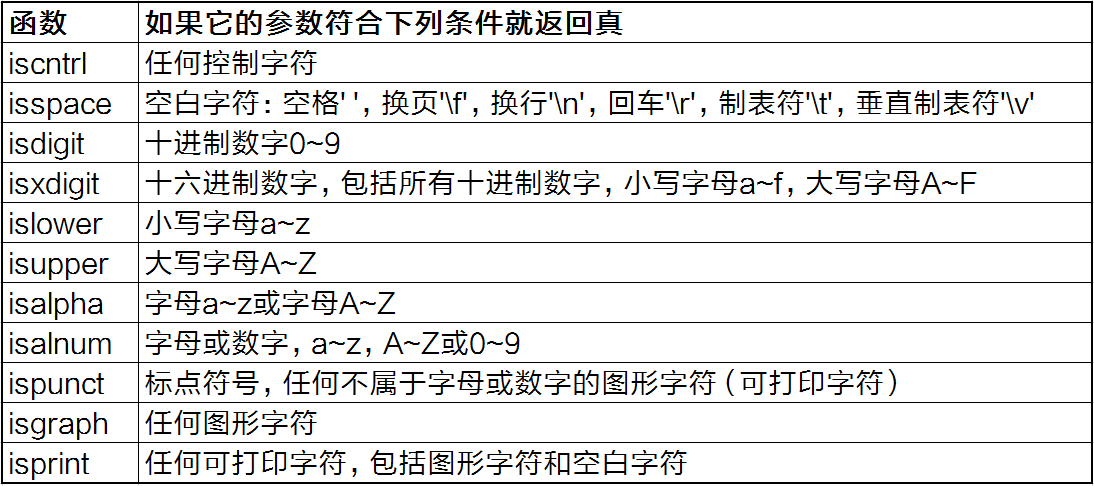
L = [] #L中的元素是学生原始成绩和总成绩
fo = open("score.txt","r")
fi = open("candidate0.txt","w")
lines = fo.readlines()
for line in lines:line = line.strip()student = line.split(' ')sum = 0for i in range(1,11):sum += int(student[-i])student.append(str(sum))L.append(student)
L.sort(key = lambda x:x[-1],reverse = True) #按学生总成绩从大到小排序
for i in range(10):fi.write(" ".join(L[i][:-1]) + "\n")
fo.close()
fi.close()
fo = open("candidate0.txt","r")
fi = open("candidate.txt","w")
L = [] # 存储候选人
lines = fo.readlines()
for line in lines:line = line.strip()student = line.split(' ')for i in student[-10:]:if int(i) < 60:break;else:L.append(student[:2])
for i in L:fi.write(" ".join(i) + "\n")#此时每个i本身就是列表
fi.close()
fo.close()
12. 《三国演义》是中国古典四大名著之一,曹操是其中主要人物,考生文件夹下文件data.txt给出《三国演义》简介
import jieba
f = open('data.txt','r')
lines = f.readlines()
f.close()
f = open('out.txt','w')
for line in lines: line = line.strip() #删除每行首尾可能出现的空格wordList = jieba.lcut(line) #用结巴分词,对每行内容进行分词f.writelines('\n'.join(wordList)) #将分词结果存到文件out.txt中
f.close()
import jieba
f = open('out.txt','r') #以读的方式打开文件
words = f.readlines()
f.close()
D = {}
for w in words: #词频统计D[w[:-1]] = D.get(w[:-1],0) + 1
print("曹操出现次数为:{} ".format(D['曹操']))
join()
之read()方法 read()方法
read()方法,当不规定读取多少字符时,读的时文件的全部字符
2、()方法
(),读取所有数据,读取的所有的数据,会形成一个列表,列表的每一项就是一行数据
3、()方法
方法,读取文件一行数据,如果不关闭文件,可以一直读取
#①read()方法
f=open(r"C:\Users\Administrator\Desktop\text.txt","r",encoding="UTF-8")
print(f.read())
print(f.read(10))
f.close()#②readlines()方法
f=open(r"C:\Users\Administrator\Desktop\text.txt","r",encoding="UTF-8")
print(f.readlines())
f.close()#③readline()方法
f=open(r"C:\Users\Administrator\Desktop\text.txt","r",encoding="UTF-8")
print(f.readline())
print(f.readline())
f.close()
sort和的区别 ()
语法:(=None,key=None,=False)
参数说明:
:可迭代对象
key:该参数的值为一个函数,此函数只有一个参数,并且返回一个值用来进行比较。
:排序规则,=False 升序(默认),=True 降序
sort()
sort语法:list.sort(key=None,=False)
两个参数跟上面的参数一样
在使用的时候要注意的是list.sort()没有返回值,也就是返回值为None。
字典排序方法 1. 利用自定义函数
说明:通过dic.items()获取由字典键名和键值(key 、value)组成的元组列表,然后通过自定义函数,获取元组的第2个元素作为排序的依据(即根据字典的键值来排序)
默认是按照升序排列(此时可省略=False)
dic={'a': 4, 'b': 3, 'c': 2, 'd': 1}
sorted(dic.items(), key=lambda x: x[1],reverse=False)
sorted(dic.items(), key=lambda x: x[1],reverse=True)
如果是降序排列可以把设为True
2. 利用的方法
说明:功能是返回一个可调用对象,该对象可以使用操作()方法从自身的操作中捕获item。如果制定了多个items,返回一个由查询值组成的元组。例如:运行f =(2),然后调用f(r),返回r[2]。这里通过获得了dic.items()中的键值。注意是内置的包,无需安装。
dic={'a': 4, 'b': 3, 'c': 2, 'd': 1}
import operator
sorted(dic.items(), key=operator.itemgetter(1))
3. 列表推导式法
dic={'a': 4, 'b': 3, 'c': 2, 'd': 1}
tup=[(x[1],x[0]) for x in dic.items()]
[(x[1],x[0]) for x in sorted(tup)]
说明:用列表推导式,交换元组中元素的位置,排序后再交换回来,这种方法有点儿麻烦,但是逻辑清楚,适合新手。

